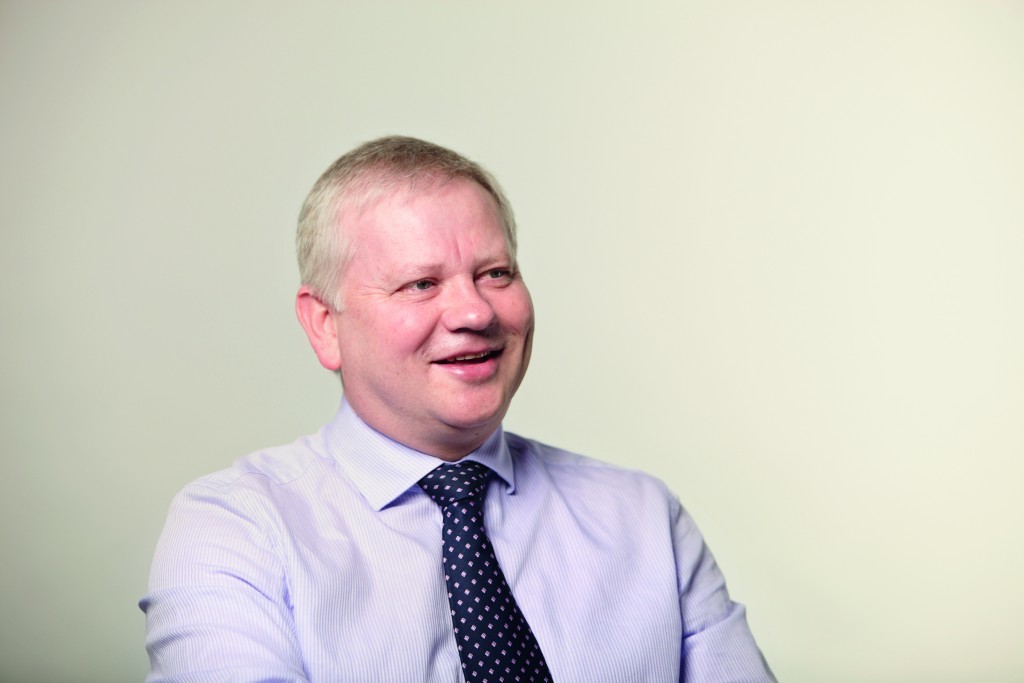
Recent weeks have seen much focus on whether Scotland will have the right balance of generation to keep the lights on as some of its older power stations start to close.
There is, rightly, an intense scrutiny of the system’s capacity to ensure that electricity supplies are secure.
I appeared before the Scottish Parliament’s economy, energy and tourism committee to discuss how SSE plays a part in Scotland’s energy mix.
Firstly, it’s important to stress that we operate within a single GB market with a single system operator and it is in this context that we should be considering security of supply.
A power station in Wales or England can provide power to Scotland, just the same as a Scottish station can provide power in the south.
That being said, it is widely recognised that Great Britain’s capacity margins are reducing.
As older stations come to the end of their life and inefficient ones start to be replaced by cleaner and more efficient plant, the UK Government, Ofgem and National Grid recognised there would be a pinch point in the short-term up to 2018.
They introduced tools and policies designed to address this and ensure there is a broad mix of generation which will help keep the lights on during periods of high demand.
In the short-term, the supplementary balancing reserve (SBR) ensures stations can be primed and ready to be called on if margins become tight.
In the medium to longer-term, the first capacity market auction – held in December – allowed the UK Government to procure about 85% of the capacity the country needs for 2018-19.
A further auction a year before the delivery period will procure the remaining capacity based on future demand forecasts.
Subsequent annual auctions will continue to allow the government to deliver the security needed and the certainty the industry requires to invest in the future.
SSE is just one participant in the market. Only the UK Government and National Grid can see the whole picture of generation capacity and mix, transmission capacity and capability and system demand.
Our role is to be a responsible and prudent operator of the plant we own and we take this responsibility very seriously.
MSPs were keen to hear from SSE on what part its Peterhead Power Station plays in Scotland’s energy infrastructure.
Peterhead was commissioned in 1980 and has been a big part of the GB system since then.
The plant was upgraded in 2000, with modern high efficiency gas turbine plant, and should be capable of operating to 2030 and beyond.
Its location in the north of Scotland has meant it has historically played an important role in voltage support in the region.
However, like all thermal plant in the UK, it does face economic challenges and uncertain revenues.
Market conditions and high transmission charges have made it uneconomical for it to participate in the market currently.
Project TransmiT will provide more cost reflective charging for all generators, including Scottish ones, but is is disappointing how long it has taken to get to this stage.
That being said, we welcome the changes and support a more equitable charging regime as energy markets across the EU continue to integrate.
Although Peterhead Power Station has not been operating in the market since last March, it has demonstrated its ability to contribute to system security by fulfilling its obligations under the SBR contract that was in place over the winter months. National Grid also retains an option for a similar service to be provided next winter.
While this is ongoing, SSE is continuing to develop Peterhead to give it more flexibility and options.
“Our recent investment of £15million to improve the station’s flexibility and our ongoing partnership with Shell to develop carbon capture storage (CCS) could see the site become the world’s first commercial-scale demonstration of CCS at a gas-fired power station – making Scotland a global leader in this technology.
It is clear there is potential for Peterhead to continue to play a part in providing the services to support the UK Government and National Grid in fulfilling their responsibilities to ensure security of electricity supply.
SSE’s investment and prudent operation of the station means it has the potential to play a key role in helping meet Scotland’s future energy requirements into the next decade and beyond.
Jim Smith is managing director of energy portfolio management at Scottish utility SSE.
Read more from Opinion here.
Recommended for you
